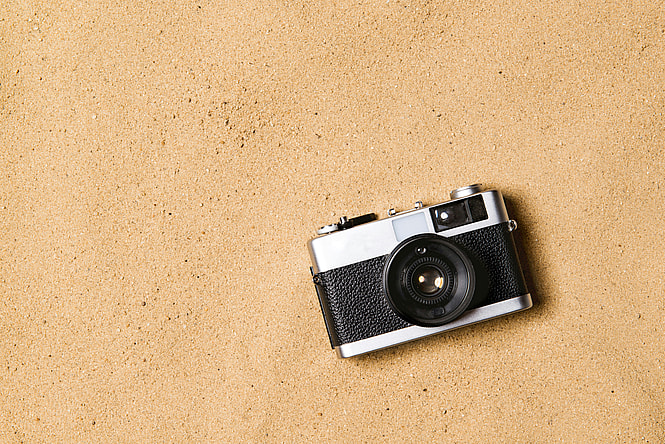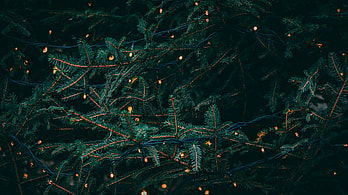
In our modern day society, we are constantly taking pictures, capturing moments we never want to forget. Now our cameras are on our phones, but for most of the existence of the camera, it was a physical device that people carried around. Cameras haven’t been around forever though. So when was the first camera invented? Let’s find out.
The First Camera

The first official camera was invented in 1816 by Joseph Nicéphore Niépce and it was known as the heliograph.
The heliograph was a system that was signaled by flashing sunlight that was reflected by a mirror. The flashes were produced by quickly pivoting the mirror, or by interrupting the sun beam with a shutter. The heliograph did not capture images but projected them onto another surface.
It was not until 1839 that Louis Daguerre and Alphonse Giroux teamed up to create the first commercially manufactured photographic camera, the photo camera. These men created the daguerreotype, which is much closer to the photographic camera concept we know today. The daguerreotype made it possible to capture the image seen inside a camera obscura and preserve it as a still object. This device cost 400 francs.
Read More: 8 Odd Historical Inventions That Didn’t Make It
How Was the Camera Invented?
When asking the question “When was the first camera invented?” you also have to consider how it was invented. When Niepce invented the heliograph, he engraved a bitumen-coated metal plate and then exposed it to the light. The darkest sections of the engraved metal plate absorbed light, whereas the lighter areas allowed light to react with the chemicals on the plate.
This process took eight hours of light exposure to generate a picture that would quickly fade away. So, even though the heliograph was the first camera-like device, it is very different from the instantaneous camera we use today.
The First Photograph

Though the first camera was invented in 1816, the first photograph we have a historical record of is from 1826.
Using his prototype, Joseph Nicéphore Niépce took the first official photograph in 1826. Though he had been experimenting with photographs for 10 years, it wasn’t until 1826 that the first photograph was preserved.
This first photograph was an image of the view from the window of Niépce’s estate in La Gras, France.
When Did Color Cameras Come Out?
The development of color photography relied more on the photographic process than on the camera itself. So, as understanding surrounding the camera and photography grew, so did the ability to create color photographs.
The first color photograph was created in 1861 by Thomas Sutton. This famous photo was of a tartan ribbon. Sutton used the three-color method, originally invented by physicist James Clerk Maxwell, who realized that the perception of all colors could be created with a multiple-step process of taking several images through three colored glass plates: Red, green, and blue.
The growth of these color photographs was a major step towards what we know as photography today.
Read More: 5 Nikola Tesla Inventions That Forever Changed The World
A Step Towards Modern-Day Photography

Though the three-color method was a major step forward, it was also a complicated process that was not very efficient.
However, in 1908, Gabriel Jonas Lippmann won the Nobel Prize in Physics for his ground-breaking new method of creating color in photographs in a single process using a color-sensitive film coating, also known as emulsion, on top of a glass plate.
Eventually, emulsion gave way to the most popular type of color film, which also uses emulsion.
In 1935, Leopold Mannes and Leopold Godowsky invented the “tri pack” color film, which was then popularized by major photography companies like Kodak and Polaroid. However, color photography did not catch on until fine art photographers, such as William Eggleston, started catching recognition through publications and gallery exhibitions. This is when, what we know as photography today, started to become much more prominent as a media form in our social and cultural world.


